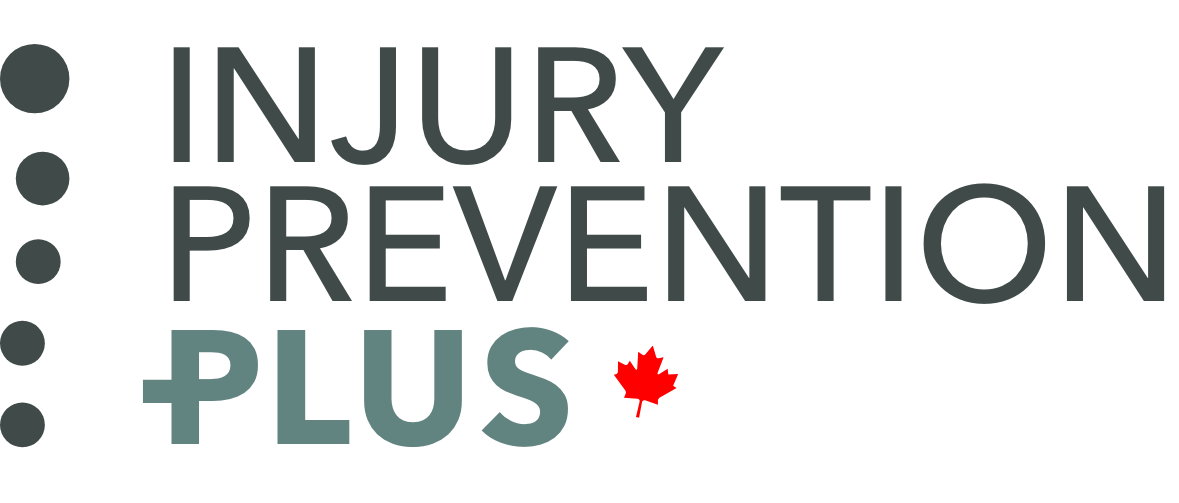The Power of Movement: Scientifically Proven Benefits of Incorporating Physical Activity into Your Workday
In the fast-paced world of modern work, the sedentary nature of many jobs has raised concerns about its impact on our health and productivity. As we spend hours hunched over desks, staring at screens, the importance of moving around during the workday becomes increasingly evident. Beyond common sense, scientific research reinforces the critical role of physical activity in our daily routines. In this extended blog post, we'll delve into the scientifically proven benefits of incorporating movement into your workday and explore how it can revolutionize your overall well-being, productivity, and creativity.
Boosts Physical Health:
The detrimental effects of prolonged sitting on physical health have been extensively researched. Studies, such as “Adverse Effects of Prolonged Sitting Behavior on the General Health of Office Workers” (Journal of Lifestyle Medicine, 2017), have linked sedentary behavior to an increased risk of chronic conditions, including obesity, cardiovascular disease, and diabetes. By integrating short bursts of physical activity into your workday, you actively counteract these risks, promoting cardiovascular health, improving blood circulation, and reducing the likelihood of weight-related issues.
Enhances Mental Well-being:
Scientific evidence supports the idea that regular physical activity is a potent tool for mental health. “Regular Physical Activity, Short-Term Exercise, Mental Health, and Well-Being Among University Students” (Frontiers in psychology, 2020) reveals that exercise is associated with a reduction in stress. The release of endorphins during movement acts as a natural mood booster, contributing to stress reduction and an improved overall sense of well-being.
Increases Productivity:
The relationship between movement and productivity has been investigated in various studies. “Impact of a workplace ‘sit less, move more’ program on efficiency-related outcomes of office employees” (BMC Public Health, 2017) found that brief activity breaks throughout the workday resulted in improved concentration, task performance, mental health wellbeing, and presenteism (less lost days). These breaks counteract the diminishing returns associated with prolonged focus, lost time and promote sustained attention, ultimately enhancing overall productivity.
Improves Posture and Ergonomics:
Research in ergonomic science emphasizes the importance of movement in preventing musculoskeletal issues associated with prolonged sitting. “Supplementary breaks and stretching exercises for data entry operators” (American Journal of Industrial Medicine, 2007) suggests that taking breaks for stretching and movement can significantly reduce discomfort and improve productivity, contributing to a healthier and more comfortable work environment.
Conclusion:
Scientific research overwhelmingly supports the notion that movement is not merely a luxury but a necessity for optimal health and productivity. By understanding the evidence-backed benefits of incorporating physical activity into your workday, you can make informed decisions about your daily routine. So, the next time you feel tempted to stay glued to your desk, remember that a scientifically backed break for movement is not just beneficial but imperative for your physical and mental well-being. Embrace the power of movement and witness the positive transformation it brings to your work and life.

